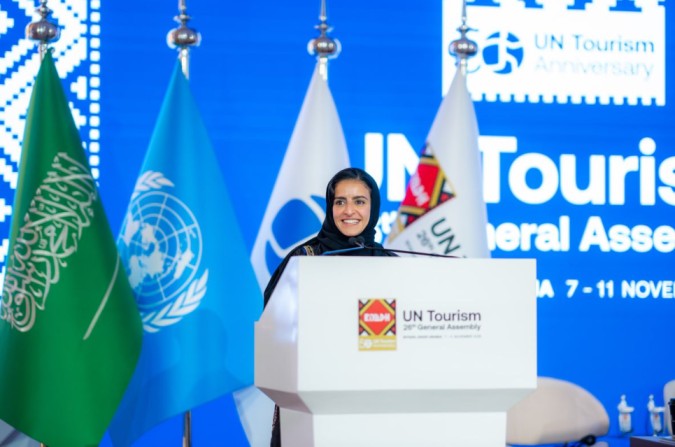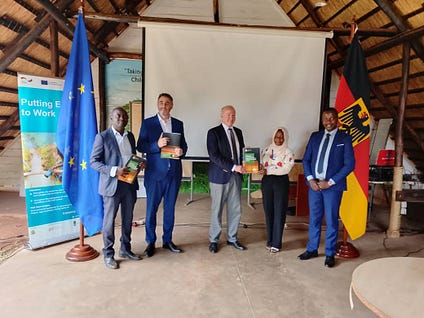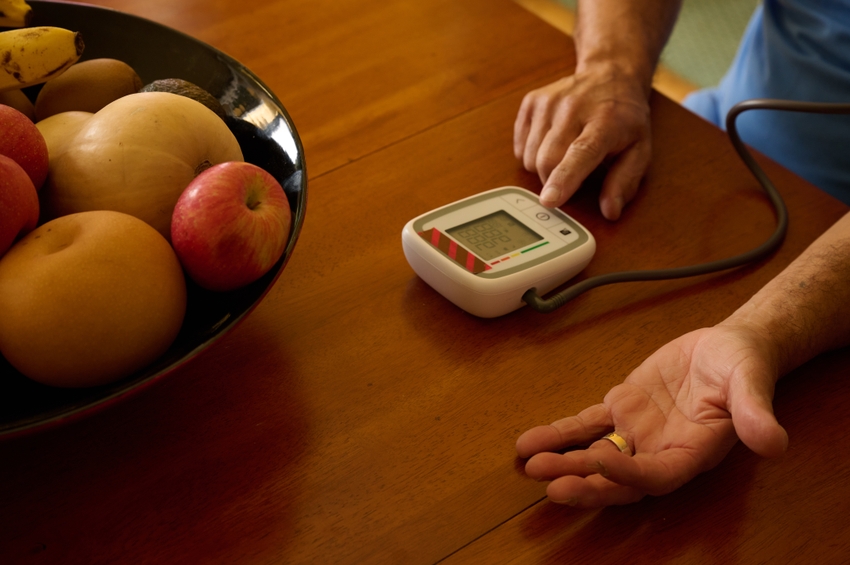Chad: Cholera Situation Report #2, July 23, 2025 – ReliefWeb

Health Crisis Report: Cholera Outbreak in Dougui Refugee Camp, Chad
Situational Analysis and Impact on Sustainable Development Goals
An outbreak of acute watery diarrhea, with a suspected link to cholera, has been reported in the Dougui refugee camp in eastern Chad. This health crisis presents a significant challenge to the achievement of several Sustainable Development Goals (SDGs), particularly for a vulnerable population of approximately 20,000 refugees.
SDG 3: Good Health and Well-being
The primary impact of the outbreak is on SDG 3, which aims to ensure healthy lives and promote well-being for all at all ages. The situation directly contravenes Target 3.3, which calls for an end to epidemics of water-borne diseases and other communicable diseases by 2030.
- As of July 13, 35 cases of acute watery diarrhea with vomiting have been recorded.
- The outbreak has resulted in four fatalities, highlighting a critical threat to life.
- One of three samples tested positive for cholera via rapid diagnostic tests, indicating a high probability of a cholera epidemic. Confirmatory testing is pending.
- The risk is exacerbated by an active cholera outbreak in neighboring Sudan, increasing cross-border transmission potential and challenging Target 3.d on strengthening early warning and health risk management.
SDG 6: Clean Water and Sanitation
Cholera is an indicator of inadequate access to safe water and sanitation. This outbreak underscores the immense challenges in achieving SDG 6 within refugee settings. The health of the camp’s population is directly compromised by conditions that fail to meet Target 6.1 (universal and equitable access to safe and affordable drinking water) and Target 6.2 (access to adequate and equitable sanitation and hygiene).
Interlinked Development Challenges
The crisis also intersects with other core development goals:
- SDG 1 (No Poverty) & SDG 2 (Zero Hunger): The refugee population is already experiencing extreme poverty and food insecurity. Illness prevents individuals from engaging in livelihood activities and exacerbates malnutrition, which in turn weakens immune systems and increases susceptibility to disease.
- SDG 10 (Reduced Inequalities): Refugees represent a marginalized group facing significant inequalities in access to basic services, including healthcare. This outbreak highlights the disproportionate health risks faced by displaced populations.
Response Efforts and Contribution to the SDGs
Immediate Health Interventions (SDG 3)
International Medical Corps, in partnership with Chadian health authorities and WHO, has initiated a robust response to contain the outbreak and provide critical care, directly contributing to SDG 3.
- Case Management: A 30-bed isolation area has been established to prevent further transmission, and treatment has been administered to 31 patients.
- Surveillance and Detection: Efforts are underway to support sample collection for confirmatory PCR testing and to conduct contact tracing at the community level to identify and isolate new cases swiftly.
- Community Engagement: Community health workers are being mobilized for active case surveillance and to raise awareness, strengthening the community’s capacity for early detection and response.
Comprehensive Support and Partnerships (SDG 1, 2, 5, 17)
The response is situated within a broader, long-term strategy to build resilience and advance multiple SDGs. International Medical Corps has been operational in the region since 2004, providing a foundation of support.
- Strengthening Health Systems: Ongoing activities include providing emergency life-saving primary healthcare and maternal and child health services, which support SDG 3 and SDG 5 (Gender Equality).
- Addressing Root Causes of Vulnerability: The provision of services for nutrition, food security, and livelihoods directly addresses SDG 1 and SDG 2, while mental health and psychosocial support contributes to overall well-being (SDG 3).
- SDG 17 (Partnerships for the Goals): The coordinated response involving International Medical Corps, WHO, and national health authorities exemplifies the multi-stakeholder partnerships essential for managing health crises and achieving the SDGs in complex humanitarian environments.
1. Which SDGs are addressed or connected to the issues highlighted in the article?
The article highlights several interconnected issues primarily centered around a health crisis in a refugee camp, which touches upon multiple Sustainable Development Goals (SDGs). The most relevant SDGs are:
- SDG 3: Good Health and Well-being: This is the most direct and central SDG addressed. The article is entirely focused on a cholera outbreak, the response from a health organization (International Medical Corps), the provision of healthcare services, and the resulting deaths.
- SDG 6: Clean Water and Sanitation: Cholera is a water-borne disease. An outbreak of “acute watery diarrhea” in a refugee camp strongly implies significant challenges with access to safe drinking water and adequate sanitation facilities, which are the core concerns of SDG 6.
- SDG 2: Zero Hunger: The article mentions that the International Medical Corps’ activities include providing “nutrition services” and “food security and livelihoods.” This directly connects to SDG 2, which aims to end hunger, achieve food security, and improve nutrition.
- SDG 16: Peace, Justice and Strong Institutions: The context of the article is a refugee camp for people fleeing an “active cholera outbreak in Sudan” due to the “daily influx of Sudanese refugees.” This points to the breakdown of peace and security in the refugees’ home country, which is a key aspect of SDG 16.
2. What specific targets under those SDGs can be identified based on the article’s content?
Based on the activities and problems described in the article, several specific SDG targets can be identified:
SDG 3: Good Health and Well-being
- Target 3.3: “By 2030, end the epidemics of AIDS, tuberculosis, malaria and neglected tropical diseases and combat hepatitis, water-borne diseases and other communicable diseases.” The article’s focus on an “active cholera outbreak” and “acute watery diarrhea” directly relates to combating water-borne and communicable diseases.
- Target 3.8: “Achieve universal health coverage… access to quality essential health-care services…” The provision of “emergency lifesaving primary healthcare” and “maternal and child health services” by the International Medical Corps in a refugee camp is a direct effort to provide essential healthcare to a vulnerable population.
- Target 3.d: “Strengthen the capacity of all countries… for early warning, risk reduction and management of national and global health risks.” The response efforts, including “enhanced surveillance and detection efforts,” “contact tracing,” and “active case surveillance,” are all critical components of managing health risks and strengthening early warning systems.
SDG 6: Clean Water and Sanitation
- Target 6.1: “By 2030, achieve universal and equitable access to safe and affordable drinking water for all.” The outbreak of cholera, a disease transmitted through contaminated water, implies a critical lack of safe drinking water for the 20,000 refugees in the Dougui camp.
- Target 6.2: “By 2030, achieve access to adequate and equitable sanitation and hygiene for all…” The conditions in a refugee camp that lead to a cholera outbreak are almost certainly linked to inadequate sanitation and hygiene facilities.
SDG 2: Zero Hunger
- Target 2.2: “By 2030, end all forms of malnutrition…” The mention of providing “nutrition services” indicates that malnutrition is a recognized problem within the refugee population, and efforts are being made to address it.
SDG 16: Peace, Justice and Strong Institutions
- Target 16.1: “Significantly reduce all forms of violence and related death rates everywhere.” The presence of “Sudanese refugees and Chadian returnees” is a direct result of conflict and instability in Sudan, which this target aims to reduce.
3. Are there any indicators mentioned or implied in the article that can be used to measure progress towards the identified targets?
Yes, the article contains several explicit and implicit data points that can serve as indicators to measure the situation and the progress of interventions.
For SDG 3 (Good Health and Well-being):
- Indicator 3.3.1 (Incidence of water-borne diseases): The article explicitly states “35 cases of acute watery diarrhea with vomiting have been reported” and “One of three samples collected tested positive for cholera.” This data directly measures the incidence of the disease.
- Indicator 3.3.2 (Mortality rate attributed to communicable diseases): The report of “Four patients have died” provides a direct measure of mortality from the cholera outbreak.
- Indicator 3.8.1 (Coverage of essential health services): The article implies this indicator by describing the provision of “emergency lifesaving primary healthcare,” “maternal and child health services,” and treatment for “31 patients.” The number of people treated versus the total camp population (20,000) could be used to assess coverage.
- Indicator 3.d.1 (International Health Regulations (IHR) capacity and health emergency preparedness): The actions of “sample collection for testing,” “contact tracing,” and “active case surveillance” are all measures of a country’s and organization’s capacity to respond to health emergencies, as outlined by the IHR.
For SDG 2 (Zero Hunger):
- Indicator 2.2.1/2.2.2 (Prevalence of stunting/malnutrition): While no specific numbers are given, the fact that “nutrition services” are part of the response implies that malnutrition rates are being monitored and addressed in this vulnerable population.
For SDG 6 (Clean Water and Sanitation):
- Indicator 6.1.1 (Proportion of population using safely managed drinking water services): The cholera outbreak itself serves as a strong negative indicator, suggesting that a significant portion of the 20,000 refugees does not have access to safe drinking water.
4. Create a table with three columns titled ‘SDGs, Targets and Indicators’ to present the findings from analyzing the article.
| SDGs | Targets | Indicators Identified in Article |
|---|---|---|
| SDG 3: Good Health and Well-being |
3.3: Combat communicable diseases.
3.8: Achieve universal health coverage. 3.d: Strengthen capacity for early warning and health risk management. |
– Number of cholera/acute watery diarrhea cases (35 reported). – Mortality rate from the outbreak (4 deaths). – Number of patients receiving treatment (31). – Implementation of surveillance, contact tracing, and testing. |
| SDG 6: Clean Water and Sanitation |
6.1: Achieve access to safe drinking water.
6.2: Achieve access to adequate sanitation and hygiene. |
– The existence of a cholera outbreak implies a lack of access to safe water and sanitation for the camp population of 20,000. |
| SDG 2: Zero Hunger | 2.2: End all forms of malnutrition. | – Provision of “nutrition services” implies that malnutrition is an issue being addressed. |
| SDG 16: Peace, Justice and Strong Institutions | 16.1: Reduce all forms of violence and related death rates. | – The “daily influx of Sudanese refugees” serves as an indicator of ongoing conflict and lack of peace in their country of origin. |
Source: reliefweb.int

What is Your Reaction?
 Like
0
Like
0
 Dislike
0
Dislike
0
 Love
0
Love
0
 Funny
0
Funny
0
 Angry
0
Angry
0
 Sad
0
Sad
0
 Wow
0
Wow
0



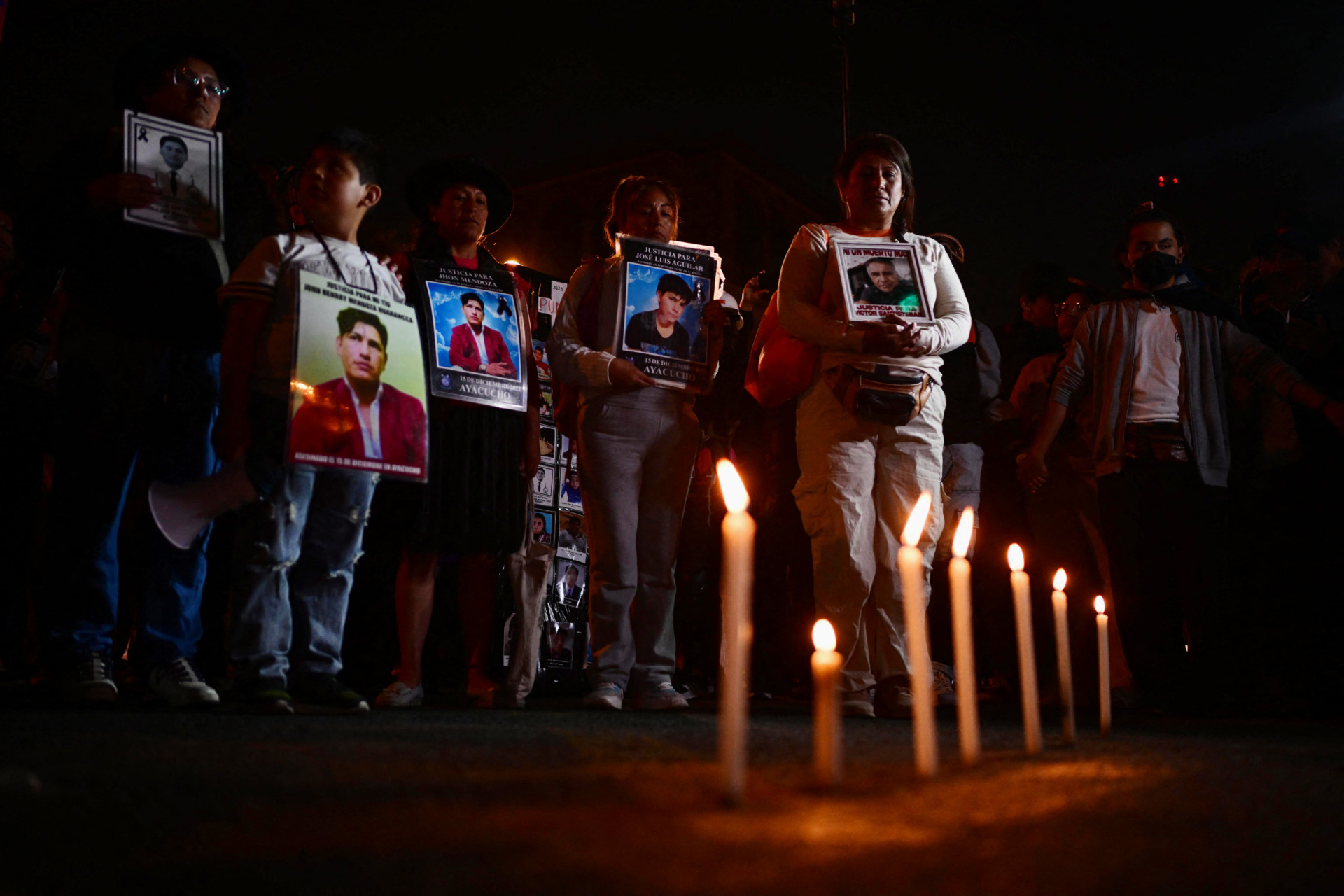













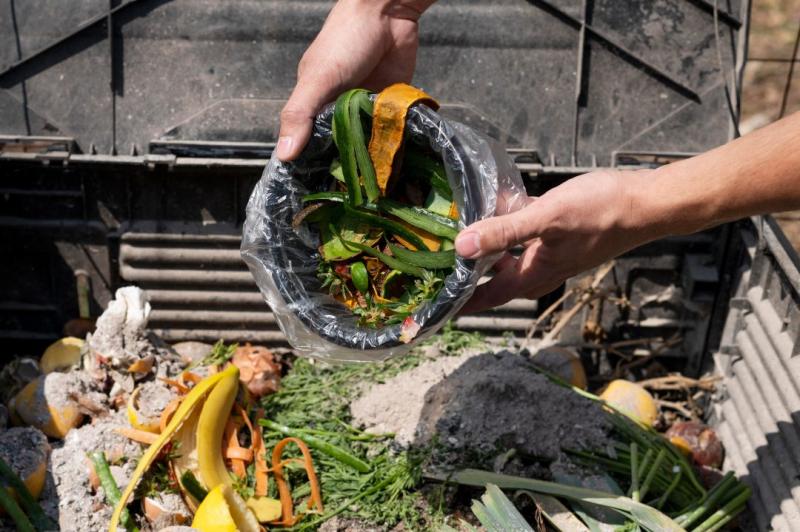













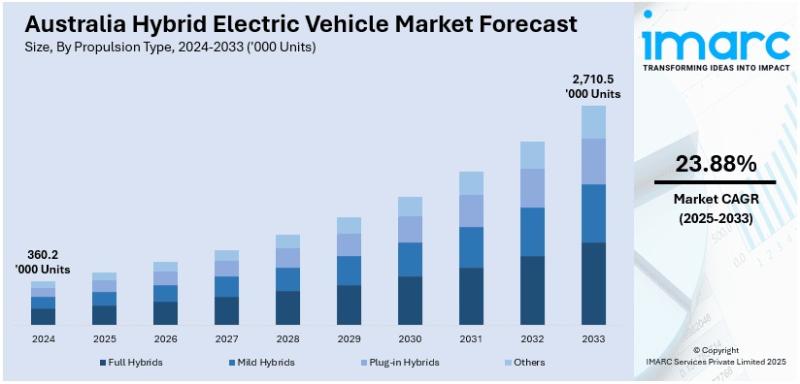






















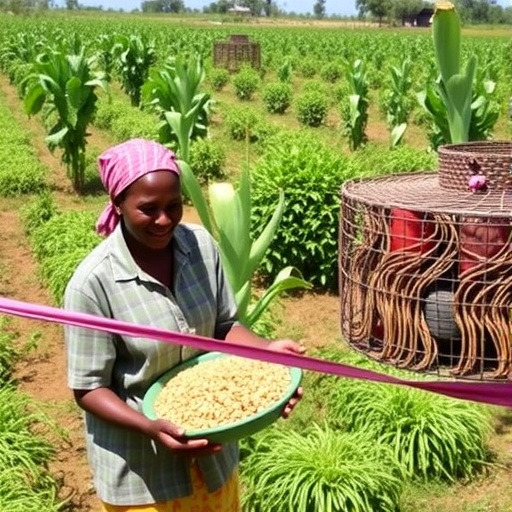
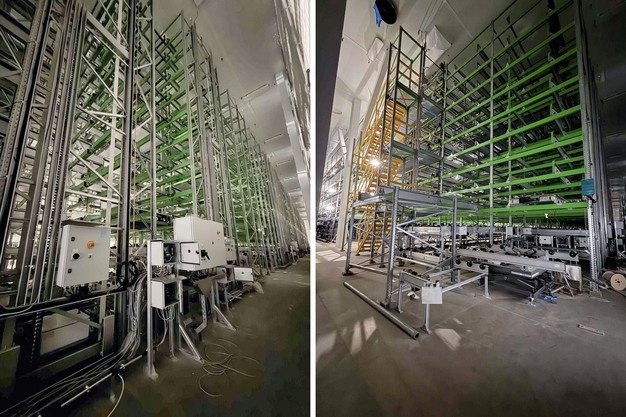



.jpg?#)

